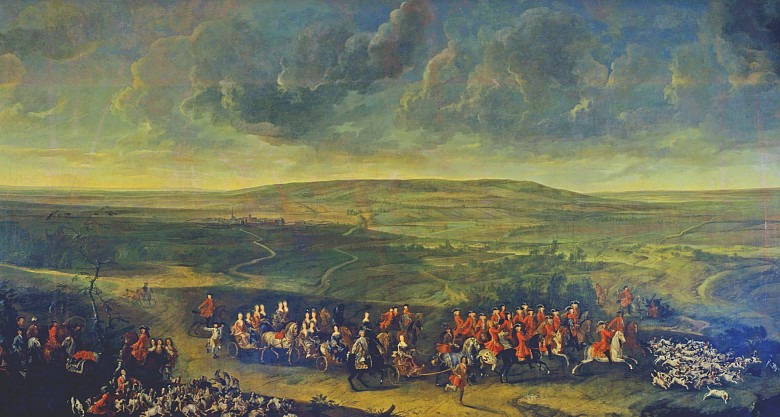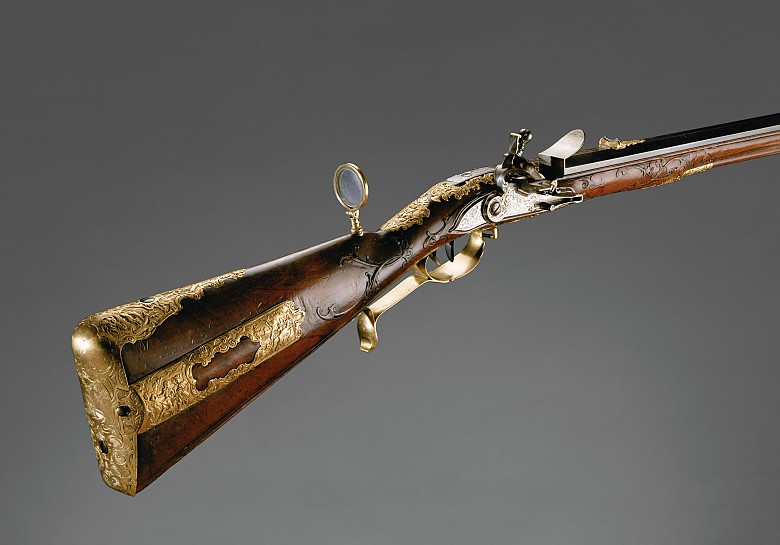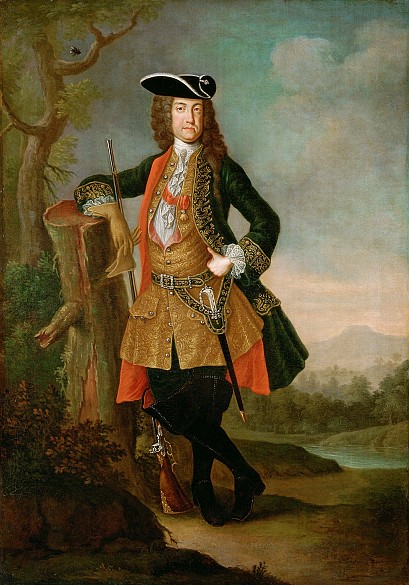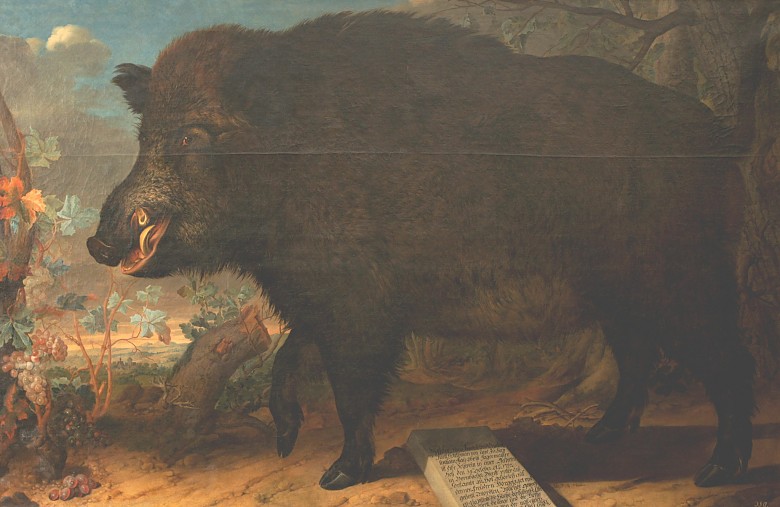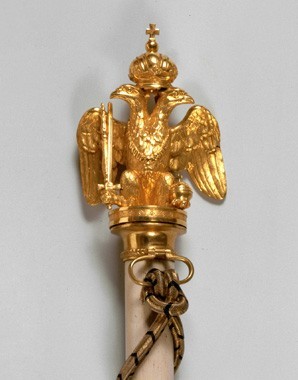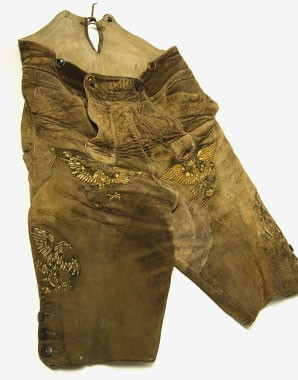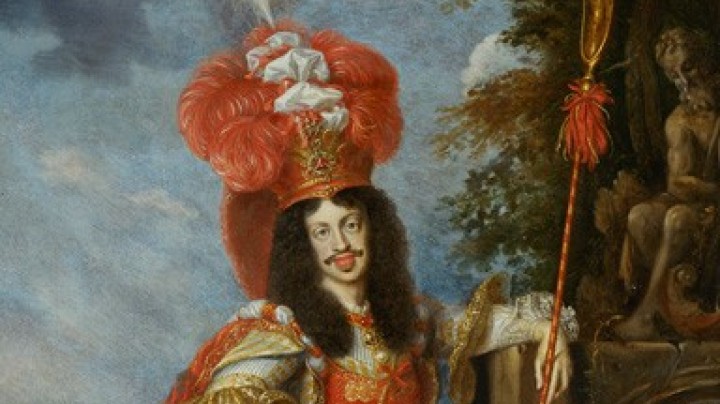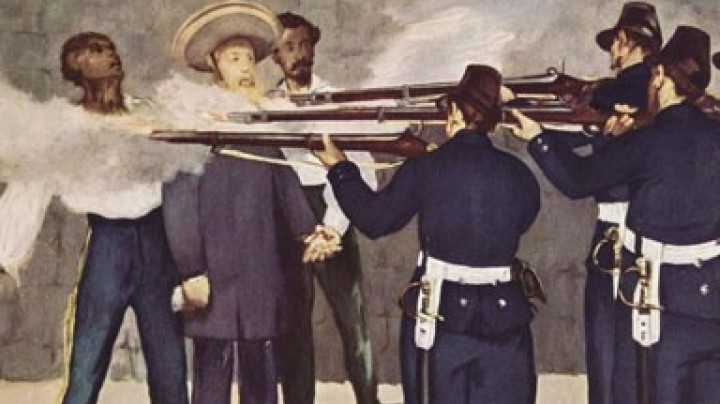Imperial ‘downtime’: the Habsburg passion for hunting
Hunting was not just an exclusive privilege of the nobility and royalty but also a personal predilection of many Habsburgs. Hunting was a noble sport, providing exercise and training with firearms. In addition it offered an escape, of only briefly, from the strictly regimented life at Court.
From a Lenten sermon by the imperial court preacher Abraham a Sancta Clara given in 1689, quoted from Gergely, Vom Saugarten des Kaisers zum Tiergarten der Wiener (Vienna 1993), 18.But from the hunting and chasing the fields are trampled and laid waste, such that the poor peasant finds on his land not corn to reap but nothing except misery. With what justification that can happen I leave to the conscience of great lords.
The Habsburg passion for hunting has left its mark in and around Vienna, and is in fact the main reason why remnants of the wetlands along the Danube together with the nature reserve of the Vienna Woods have been preserved in the immediate vicinity of the Austrian capital to this day. The Prater was also originally a game reserve. The first manmade intervention to tame the wilderness of the Prater was undertaken by Ferdinand I when he had an aisle cut through the wetland forest and planted with horse chestnut trees: the Prater Hauptallee, the most famous boulevard in Vienna, was born. The abundance of game in the surroundings of the city is even alleged to have been the reason why the dynasty ultimately chose Vienna rather than Prague as their principal residence.
Under Emperor Charles VI hunting experienced its cultural heyday at the Viennese Court. However, the emperor’s passion for hunting occasionally put not just the game animals at risk of losing their lives: afflicted with poor eyesight, the emperor mistakenly shot and killed Prince Schwarzenberg, a high-ranking court dignitary.
The scheduling of Court events had to be accommodated to the imperial hunting calendar: in winter Charles devoted himself to hunting wild boar in the Vienna Woods, while in early spring there were rabbit or fox hunts in the Prater. Later on the Court moved to Laxenburg for heron-hawking. In high summer there were large-scale stag hunts in the Danube wetlands, and in September the hunting horns blew for pheasant and hare shoots in the wide plains around Vienna.
It was the peasants who had to bear the effects of this excessive aristocratic lust for hunting in the shape of damage to their crops. Moreover, as feudal subjects, they were obliged to provide free service or robot to these aristocratic hunting parties, an obligation that was deeply resented. The consequences were poaching and food riots as well as hatred of the nobility, who claimed the exclusive right to hunt in forests considered by the populace to belong to everyone.
One of the reforms introduced by Maria Theresa and Joseph II therefore sought to limit the nobility’s hunting rights in order to protect the peasants. Joseph led by example, ordering the Lainzer Tiergarten to be enclosed with a wall in order to reduce the damaged caused by the game.
In the nineteenth century hunting received fresh impulses from the new perspective on Nature that had arisen during the Romantic age. Moreover, the coming of the railways had put the Alps within reach of travellers. Franz Joseph, for example, another of the Habsburg dynasty’s passionate sportsmen, preferred the Salzkammergut as a hunting ground.
